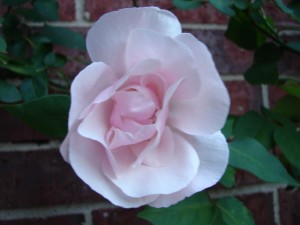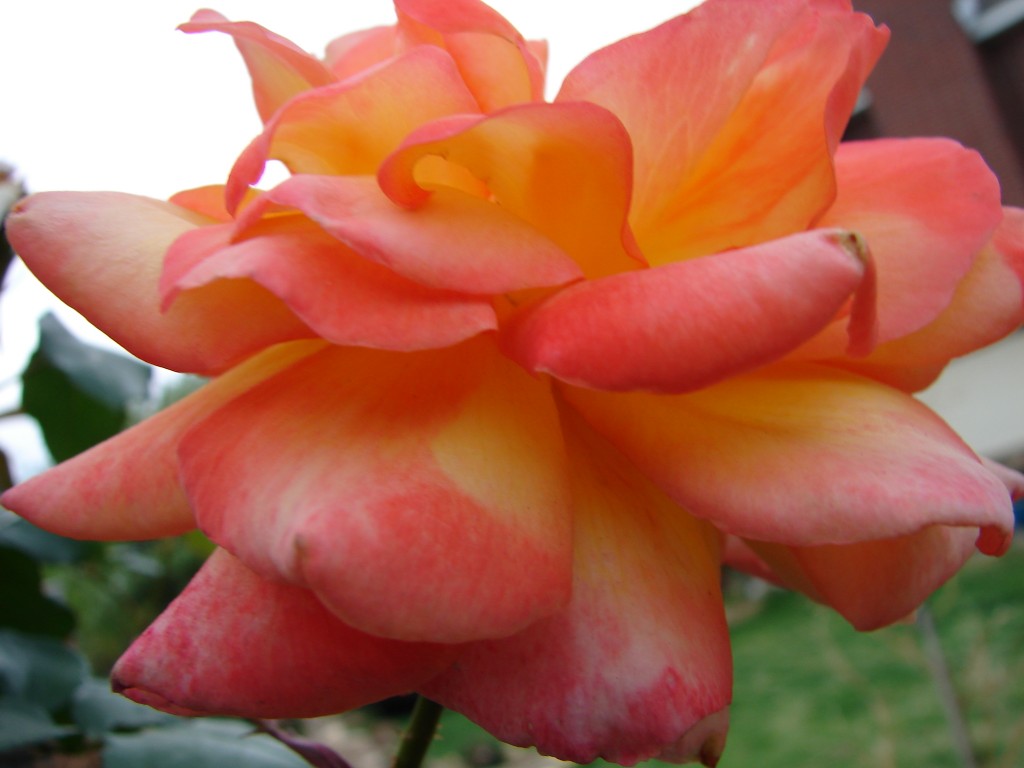I have found that the laziest way to start a new garden bed is to start early. Let nature do the work for you.
If you are putting in a new bed, there is probably something already there that you don’t want. If it is something like rocks, bushes, trees or very large and woody weeds then you will have to go ahead and work. I’m so sorry.
But, if what is already there is grass and/or smaller weeds then you have it made. Just lay down a nice thick layer of cardboard. (My husband works in a warehouse and has access to all the used boxes I could ever want! Yeah me!) You could use newspaper – and we have – but the weeds find their way through much more easily than with the cardboard, especially Bermuda grass which is one of the worst weeds I have in my garden in spite of my husbands fondness for it. But even tough grass roots have a hard time finding their way through the cardboard.
Before laying down the cardboard, you may want to mark out your bed with bricks, rocks, pavers, or edging of some sort. I would stay away from railroad ties, especially if you think you might plant some veggies, because of all the chemicals that they are treated with. We have even made beds without edging at all, but that can create extra work later depending on your landscape.
Most cardboard boxes will have some packing tape on them. Take as much of the tape off as you can before laying them out, but don’t stress over it. The cardboard will eventually degrade and feed all the wonderful little organisms in your soil that create great dirt. The tape will let go and rise up through the mulch over time but by then you have to look closely to see it. You can just consider that part of your regular garden clean up.
Once you have the cardboard down, top it off with a thick layer of mulch (several inches) and just walk away. That bed will be ready to plant in a couple of months – grass and weed free. Plus, the soil will have been amended by all the yummy organic stuff that was killed under the cardboard and the cardboard itself. For beds like this, you can even use freshly chipped trees. We get our mulch free from a local tree service, but you want to be careful about putting green mulch on already planted plants. Our mulch usually ends up sitting on a boat pad for a couple of months before it gets used.
If you can’t stand looking at a bed with nothing in it, you might arrange some potted plants in that area. If that STILL doesn’t do it for you, you can plants some plants before putting down the cardboard, but then you want to be careful to used aged mulch. You will also want to dig extra wide when you plant to make sure that the cardboard covers all weeds and grass that are still present. When you set the cardboard down, try to get close to the base of the plant, but don’t let the cardboard or mulch directly touch the plant or you may end up with a dead or diseased plant.
Good luck and have fun being lazy!





